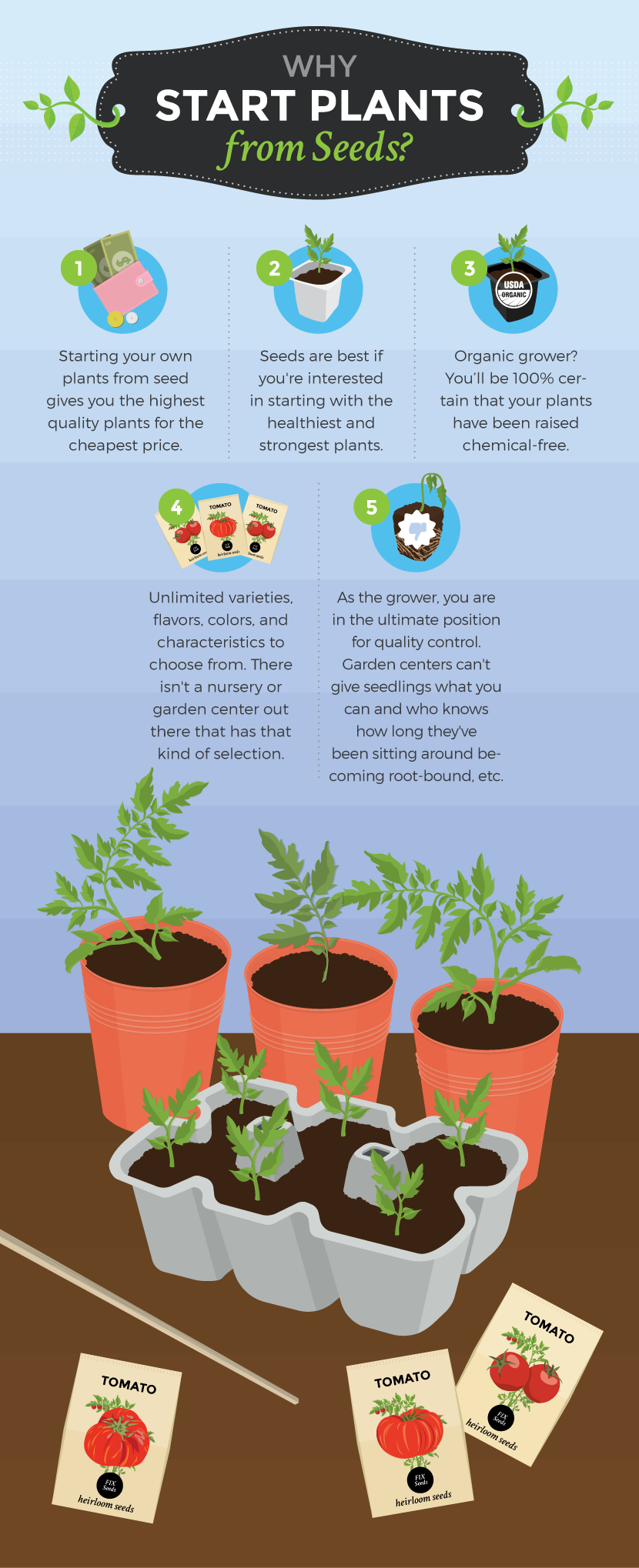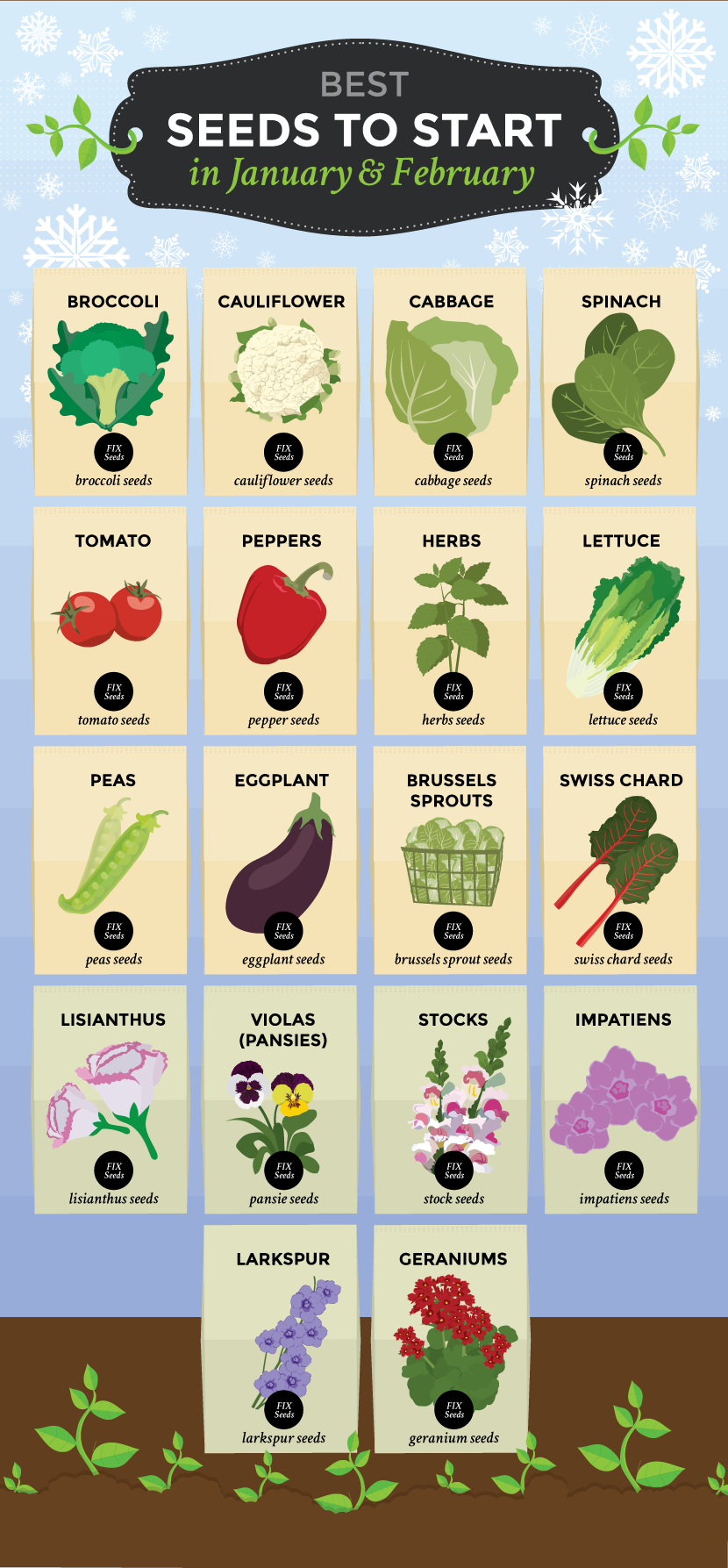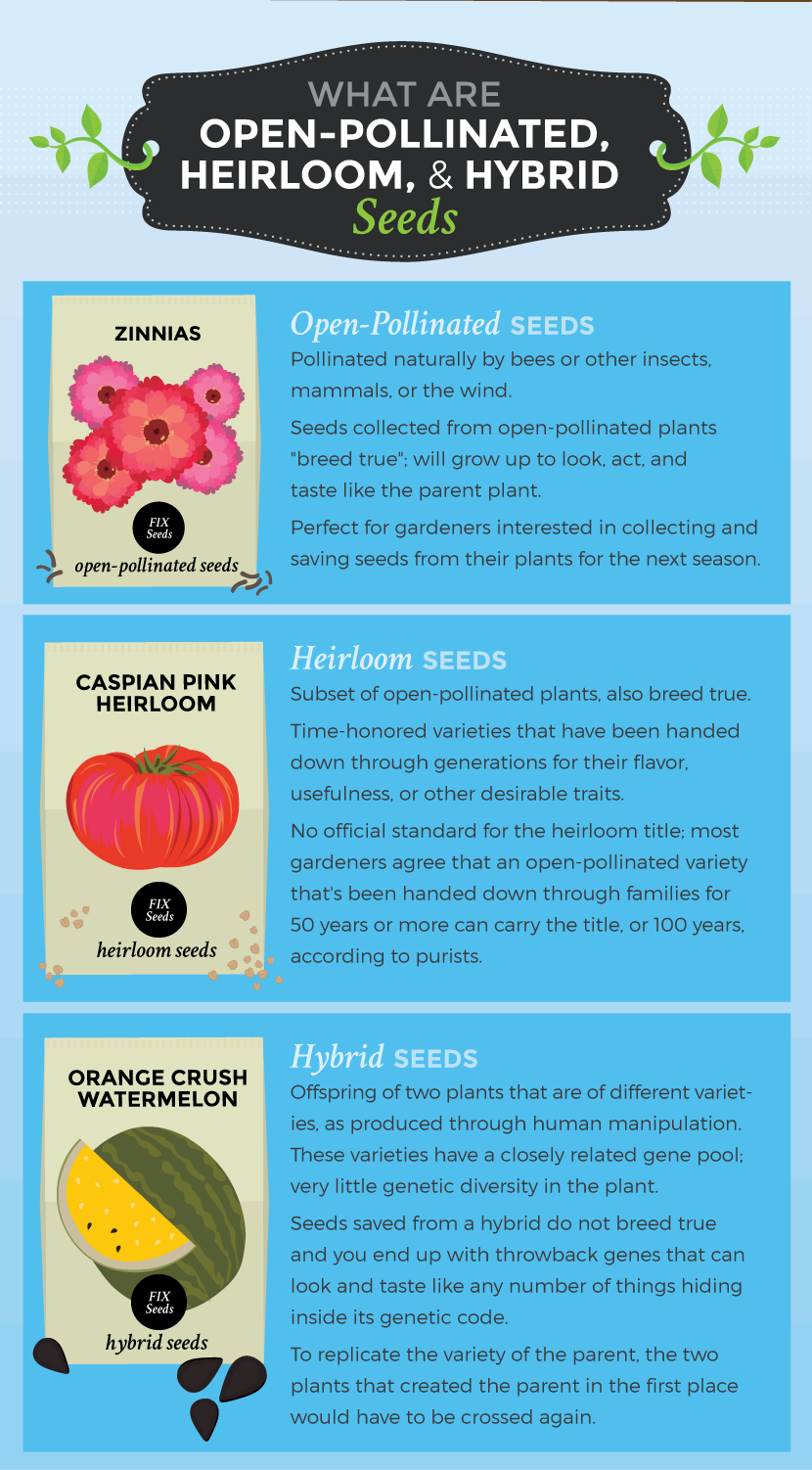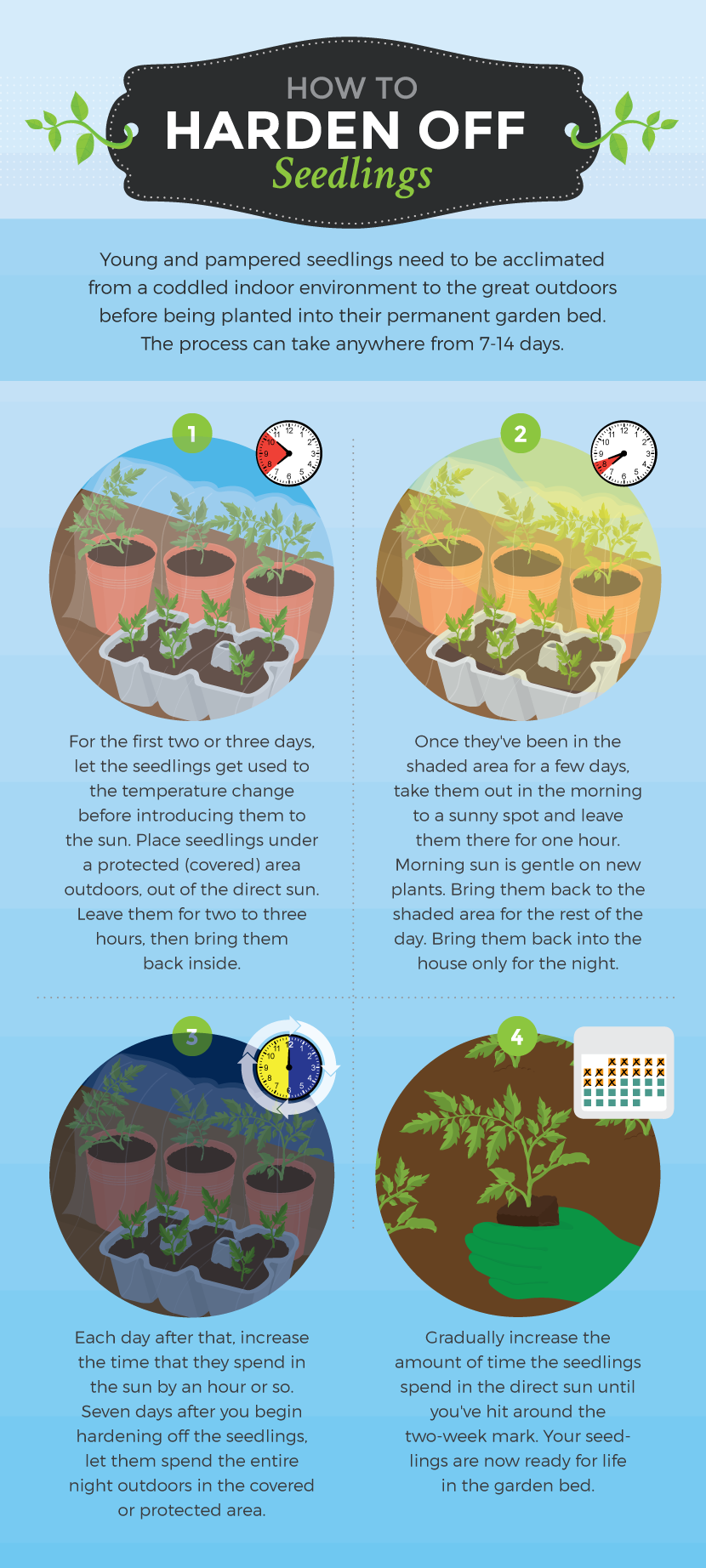Starting Seeds in Winter for a Spring Garden
January and February might be uneventful months for most people. However, they are exciting for gardeners who are devoted to seeds. If you’ve never grown your own plants from seeds before, winter might seem like an odd time to garden. But, in fact, the timing is perfect. Gardeners who start their vegetables, herbs, and flowers from seeds typically start them indoors during the cold months.
Tomatoes, peppers, broccoli, lettuce, onions, herbs, and many annual and perennial flowers can be started indoors during winter. Plant species, as well as the variety, will dictate which month is right. This information can be found on the back of or inside individual seed packets. Look for how many days the plant needs to fully mature, as well as the right time to start the plants indoors.
The next thing you should know is your area’s frost dates. These are the dates that your zone/area generally has its last (spring) frost, as well as the date when the first (fall) frost shows up. For the most part, winter-sown seeds are started indoors about six to eight weeks before the last frost date for your area. If you’re not sure about your frost dates, call your local nursery or contact your local cooperative extension office.

Why Start Seeds During the Winter?
There are several reasons to start certain seeds weeks or even months before they are planted into their permanent beds outdoors. The first is that it takes many plants quite a while to mature to produce fruit or flowers. Tomatoes are a good example.
Depending on your area, sometimes the necessary “days to harvest” for that vegetable, herb, or flower is actually longer than the amount of warm days that you actually have from frost date to frost date. By starting these seeds indoors before the natural growing season, you get a jump-start on the amount of time the plants need to mature.
This leads me to the second good reason to start plants early. Even if you do have plenty of warm days for these plants to mature, starting them in winter will have you harvesting tomatoes, peppers, flowers, etc., earlier in the season. You can also stagger your crop production by planting more seeds outdoors once the soil has warmed up.
Also consider that some seeds such as peppers will not germinate in cold soil. If peppers, for example, are planted directly into the garden, you’ll be harvesting much later in the season than if you had started them indoors on a heating pad months earlier.
The third reason is that when you’re dealing with cool-weather plants such as cauliflower, lettuce, and broccoli, you want them actively growing and ready for the garden in the early spring. It’s especially important if you live in a hot climate such as California, where we have fleeting springs. We go from winter to a stunning spring and then almost immediately trip into summer with lightning speed. If I’m slow about getting my cool-weather plants into the garden, they tend to bolt when the heat hits. Cool days ensure proper growth for delicious things such as broccoli heads.
Look at it this way: if you don’t start your own seeds in the winter, some greenhouse somewhere is starting them for you. In the spring or early summer, you’ll buy those plants from a nursery as seedlings or “starts,” attached to a heftier price tag.

Starting Seeds Indoors for Spring Gardens
Spring (cool-weather) plants such as broccoli, cauliflower, cabbage, spinach, peas, sweet peas, lisianthus, pansies, etc., that are started indoors are going to be planted outside much sooner than summer (warm-weather) plants such as tomatoes, green beans, eggplant, zinnia, etc.
Melons, zucchini, pumpkins, and cucumbers are started later in spring either indoors or directly into the garden bed (“in situ”). Because the soil has already warmed up, many gardeners prefer to simply plant them straight into the garden bed.

What You’ll Need to Start Seeds Indoors
Seed Starter Mix: This is what your seeds will be planted into, and it isn’t soil. Regular garden soil is too heavy and may harbor a surprise disease or two. Depending on the brand you purchase, seed-starting medium is a soilless mix made up of any number of several things: perlite, peat moss, vermiculite, compost, or sometimes coir. This blend is lightweight and offers good drainage, which is perfect for seeds and seedlings. Peat moss added to the mix also aids in warding off fungal issues such as damping off disease.
Vegetable, Herb, or Flower Seeds: You won’t have any trouble finding seeds. You might have trouble choosing which and how many to grow, but there’s no shortage out there. Catalogs, nurseries, seed libraries, and gardening friends all have them.
Planting Containers: There’s an unlimited supply of planting containers to choose from. Try out several and see which works best for you. Nurseries, home improvement stores, and the like will have a few options, including seed-starting kits. Some kits are ready to go and come with plastic lids and bottom trays to catch water. Individual fiber pots are also available. DIY plant containers can be made from salad takeout containers, yogurt containers, plastic drinking cups, and toilet paper rolls. Be sure to poke holes into any container that doesn’t have drainage.
Light Source: Once the seeds germinate, they’re going to need bright light overhead to keep them moving along. Ordinary fluorescent shop lights (you don’t need special “grow lights”) and fixtures hung over the plant trays work perfectly for starting seeds indoors. Keep the lights 1″ to 2″ above the seedlings and move the lights up as the little plants grow. Lights suspended from chains come in very handy in this case. If all else fails, a sunny window will work, but you’ll have to rotate the plants frequently for even growth.
Heat Source (Maybe): Most of the time I haven’t needed any extra heat for my seedlings to germinate well. Between the small amount of heat that comes from the fluorescent lights and my warm house, that’s usually all I need. That said, there are some seeds that really could use some bottom heat, such as peppers and eggplant, to be at their best or germinate at all. So I keep a couple of heat mats around so that I am prepared. I’ve seen people use reptile heating pads and even Christmas rope lights. If you go the DIY route, please make sure you do so safely.
Plant Markers or Labels: It’s just so easy to forget which variety is where, especially if the seedlings outgrow their first little container and have to be transplanted. You’re thinking you won’t have a problem because you have a very good memory. (Trust me, it’s not nearly as good as you think it is. Get labels.)
Lid or Plastic Wrap: Once the seeds are planted, keep the soil damp and cover them with a plastic lid or plastic wrap – something that will sustain a little humidity just until the seeds have germinated. Once the seedlings show up, remove the lid for good and water them sparingly. Don’t let them dry out, but soggy soil is a no-no.
Seedlings that have been gently reared indoors need to be acclimated (“hardened off”) to the outdoor elements before they are planted into their permanent garden bed.

Get Ready!
Armchair gardening is a fall/winter tradition that has gardeners worldwide in a favorite chair, hot tea in hand, with dog-eared catalogs on their laps. August and September are great months to sign up for next year’s seed catalogs, as they begin arriving in your mailbox in December and January. Catalogs that are devoted to hundreds of seed varieties really will have you champing at the bit to start seeds this winter.
Embed the article on your site

























































